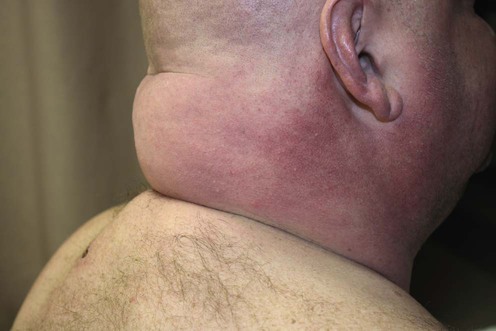Mouhammad Aouthmany, Amy E. Flischel, Stephen E. Helms and Robert T. Brodell
Scleredema

Specific investigations

Mouhammad Aouthmany, Amy E. Flischel, Stephen E. Helms and Robert T. Brodell
Scleredema

Specific investigations
